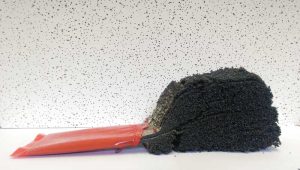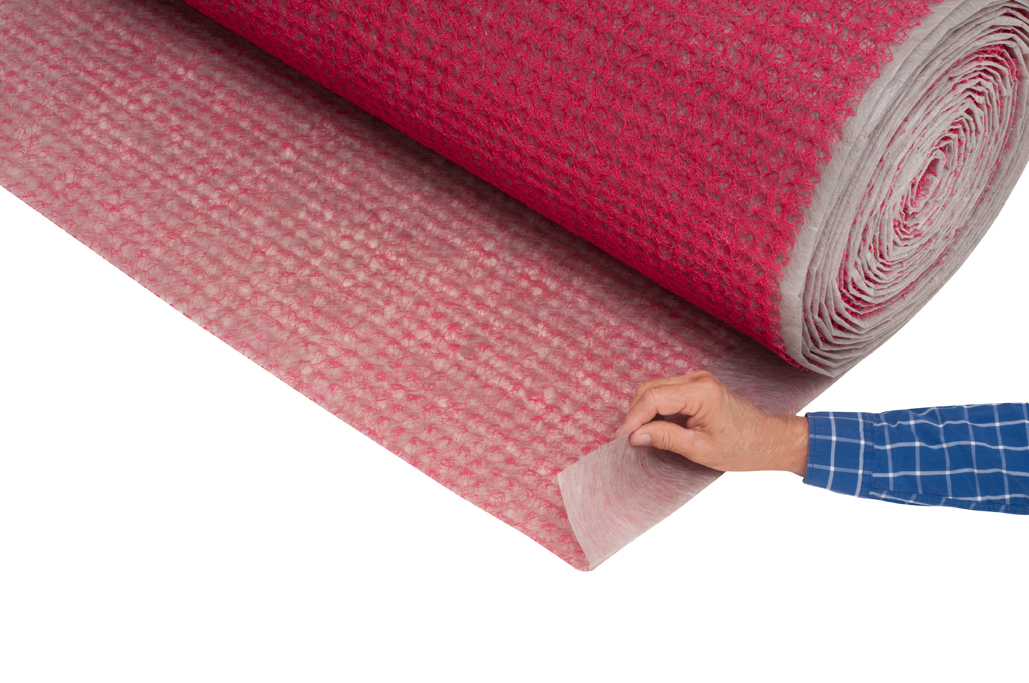Installing types of intumescent materials for fire safety

Vacuum forming allows complex 3D shapes to be created while having full control over the direction of expansion.
Since smart intumescent materials have their expansion rate and direction inherently controlled at the factory, they do not require the same levels of encasement as dumb products, meaning the finished product design can be simplified in many ways regarding weight, cost, and ease of installation.
Another benefit of smart intumescent materials is they tend to have very low organic content, mainly due to their structure being of mineral fibers and not rubber. As a result, they produce very low smoke in a fire. Some smart materials are even classified as “low smoke zero halogen,” which is good news for building occupants and firefighters.
Conclusion
Building materials and construction techniques have changed significantly in recent years, and the materials used to firestop these buildings have not kept pace with these changes. This has been unfortunately demonstrated by a number of high-profile building fires. Traditional firestopping simply cannot cope with the building movement which occurs in a modern building fire. Therefore, intumescent materials must be considered, as they offer the required advancements in firestopping technology. However, it is important to remember, not all intumescent materials are the same, and smart intumescent options offer different benefits compared to dumb intumescent options.
Ultimately, in the war against rapid fire spread in buildings, having the best weapons is good place to start.
 Author
Author



